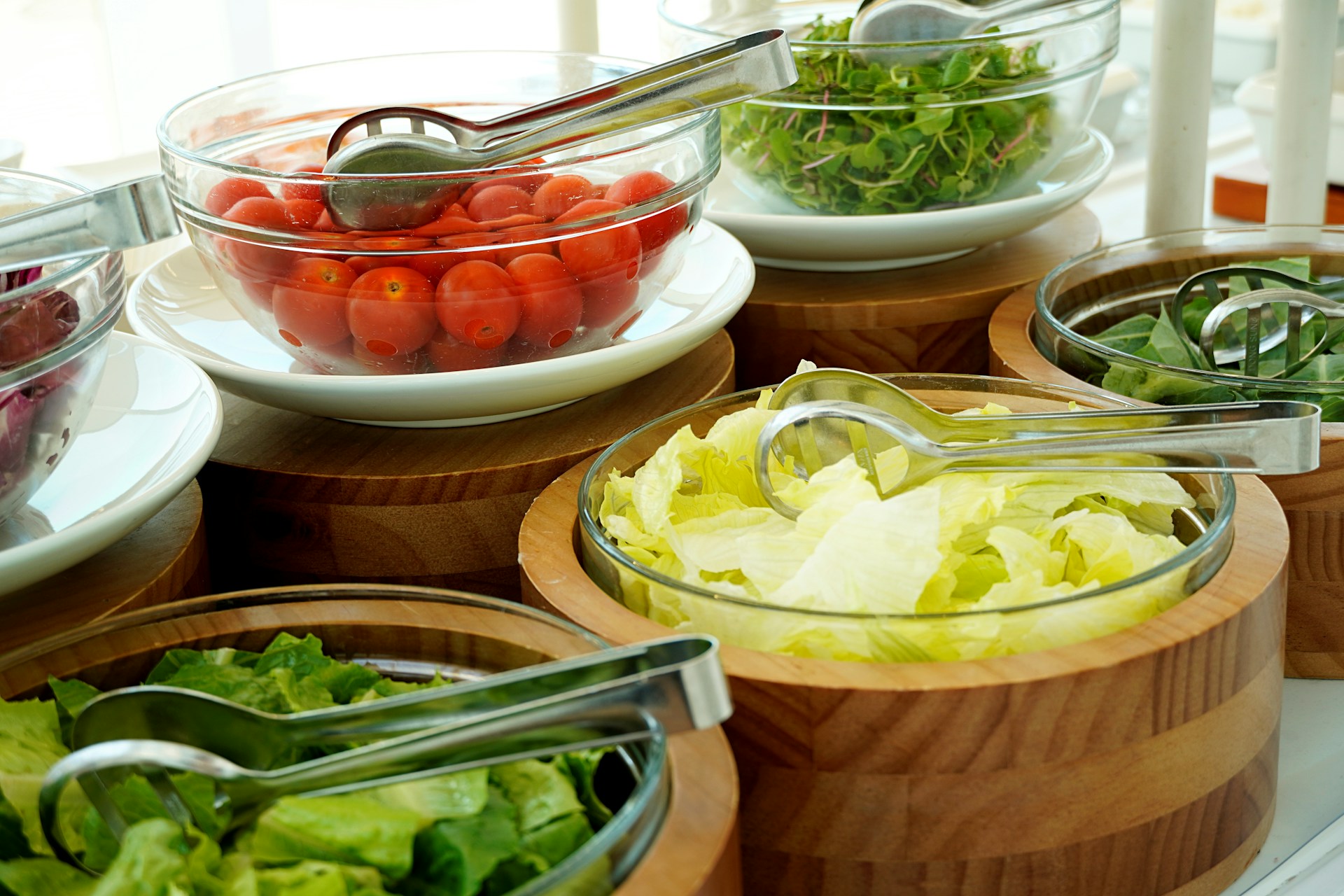
In the culinary world, herbs and spices are indispensable. They elevate dishes, add depth to flavors, and contribute to the overall sensory experience of a meal.
For home chefs and professional cooks alike, understanding how to select the best herbs and spices for your pantry is crucial.
This comprehensive guide aims to demystify the process of choosing quality pantry staples, making your cooking endeavors more flavorful and enjoyable.
In the following sections, we’ll explore various factors to consider when selecting herbs and spices, ensuring your pantry is well-stocked with the finest ingredients.
Why Quality Matters in Herbs and Spices
When it comes to cooking, the quality of your herbs and spices can make or break a dish. High-quality ingredients not only enhance the flavor but also offer nutritional benefits.
Freshness is paramount; stale spices can turn your culinary masterpiece into a bland meal. Here are several key reasons why quality matters in herbs and spices:
- Enhanced Flavor: High-quality spices provide a richer and more complex flavor profile, making your dishes stand out.
- Nutritional Benefits: Superior herbs and spices contain more nutrients, contributing to a healthier diet.
- Organic Options: Choosing organic ensures that your spices are free from pesticides and chemicals, which can affect both taste and nutritional value.
- Economical Use: Investing in high-quality pantry staples means you need less quantity to achieve the desired flavor, making them more economical over time.
- Proper Storage: Maintaining quality requires storing herbs and spices in a cool, dark place, preferably in airtight containers. This practice ensures they retain their potency and freshness for longer periods.
Always opt for reputable brands known for their rigorous quality control and sourcing practices. Investing in premium ingredients pays off in the long run, elevating your culinary creations to new heights.
Understanding Common Culinary Herbs
Understanding common culinary herbs is essential for any aspiring cook or seasoned chef, as each herb offers unique flavors and benefits that can elevate a dish.
Herbs are the leafy parts of plants used primarily for flavoring and garnishing. Below is a list of some of the most commonly used culinary herbs and their applications:
- Basil: Often associated with Italian cuisine, basil has a sweet, peppery flavor that pairs well with tomatoes and is a key ingredient in pesto and pasta sauces.
- Cilantro: With a fresh, citrusy taste, cilantro is widely used in Asian and Latin American cuisines, making it a perfect addition to salsas and curries.
- Parsley: This versatile herb has a slightly bitter taste that adds a fresh note to various dishes and is used across different cuisines.
- Thyme: Known for its robust nature, thyme can withstand long cooking times and is ideal for roasting meats and vegetables, imparting a woody, earthy flavor.
- Rosemary: Similar to thyme, rosemary is a hardy herb that enhances the flavor of roasted meats and vegetables with its strong, earthy aroma.
Learn more about these herbs to greatly influence the complexity and depth of your culinary creations, allowing you to craft dishes that are both flavorful and aromatic.
By understanding their individual uses and benefits, you can make informed decisions in the kitchen to enhance your cooking skills and impress your diners.
The Importance of Fresh and Dried Herbs
Understanding the importance of both fresh and dried herbs is crucial for any culinary enthusiast. Each type of herb has its unique strengths and ideal uses.
Fresh herbs, known for their bright and vibrant flavors, are best utilized in dishes where their essence can truly shine. Consider incorporating fresh herbs into:
- Salads: Add a burst of freshness and color.
- Salsas: Enhance the zest and complexity.
- Garnishes: Elevate the visual appeal and taste.
However, fresh herbs have a shorter shelf life and require proper storage to maintain their quality. In contrast, dried herbs offer convenience and longevity, making them perfect for long-cooking dishes.
Their concentrated and potent nature allows them to release flavors over time. Dried herbs excel in:
- Soups: Infuse depth and warmth.
- Stews: Provide robust and enduring flavors.
- Braises: Complement slow-cooked meals beautifully.
Remember, when using dried herbs, moderation is key; typically, one teaspoon of dried herbs is equivalent to one tablespoon of fresh herbs. By understanding when to use each type, you can maximize the flavors in your culinary creations.
Exploring the World of Spices
Exploring the world of spices is a culinary adventure that enriches our understanding of global cuisine. Spices, derived from seeds, roots, bark, or fruits of various plants, are essential for adding flavor, color, and aroma to dishes.
A well-stocked and quality pantry staples typically includes a variety of common spices, each with unique properties and uses:
- Black Pepper: A universal spice used across virtually every cuisine, its sharp, pungent flavor enhances both savory dishes and some desserts.
- Cinnamon: Known for its sweet and woody flavor, it is frequently found in baked goods and beverages, as well as savory Middle Eastern and Indian dishes.
- Cumin: With its warm, earthy notes, cumin is a staple in Mexican, Indian, and Middle Eastern cuisine, often featured in spice blends like curry powder and garam masala.
- Turmeric: Famous for its vibrant yellow hue and slightly bitter, peppery taste, it is a key ingredient in Indian curries, soups, and rice dishes.
- Paprika: Made from ground peppers, paprika adds a sweet, smoky flavor to numerous dishes and is indispensable in Hungarian cuisine.
Mastering the use of these spices can elevate one’s culinary skills, providing both depth and complexity to a wide range of recipes.
Creating Your Spice Blends
Creating your spice blends is an excellent way to elevate your cooking by tailoring flavors to your preferences and crafting unique dishes.
Custom blends enable you to control the intensity and harmony of flavors, ensuring a personalized culinary experience. Begin with a base of commonly used spices such as cumin, coriander, and paprika.
From there, experiment with additional spices to create your signature blend. For example, a basic curry powder can be made by combining:
- Turmeric
- Cumin
- Coriander
- Fennel seeds
To enhance this blend, consider adding ginger, garlic powder, and cayenne pepper for extra heat. Another popular blend is garam masala, which typically includes:
- Cinnamon
- Cardamom
- Cloves
- Black pepper
Adjust the ratios of these spices to suit your taste preferences. Creating spice blends not only provides customization but also ensures you have a ready mix for quick and easy cooking.
Store your blends in airtight containers and label them with the ingredients and date for easy reference. This practice will enhance your culinary endeavors and streamline your cooking process.
Building a Well-Stocked Pantry
A well-stocked pantry forms the backbone of any efficient kitchen, setting the stage for culinary creativity and success. By ensuring a diverse collection of high-quality herbs and spices, you can effortlessly elevate the flavor profile of any dish.
Begin with essential herbs and spices commonly used in your cooking, and progressively expand your selection as you explore a broader range of cuisines and recipes. Consider incorporating the following basics into your pantry:
- Basic Herbs: Basil, Parsley, Thyme, Rosemary
- Essential Spices: Black Pepper, Cinnamon, Cumin, Turmeric, Paprika
- Specialty Blends: Curry Powder, Garam Masala, Italian Seasoning
By curating quality pantry staples, you position yourself to tackle any recipe with confidence and creativity, transforming everyday meals into extraordinary culinary experiences.
Conclusion
Selecting herbs and spices for your pantry is an essential skill for any home chef or culinary enthusiast. By understanding the unique qualities of various herbs and spices, and knowing when to use fresh or dried options, you can elevate your cooking to new heights.
A well-stocked pantry with high-quality herbs and spices can transform your cooking experience. Don’t be afraid to experiment and explore new flavors.
With the right ingredients at your fingertips, every meal becomes an opportunity to create something extraordinary. Enjoy your culinary adventures!


















































